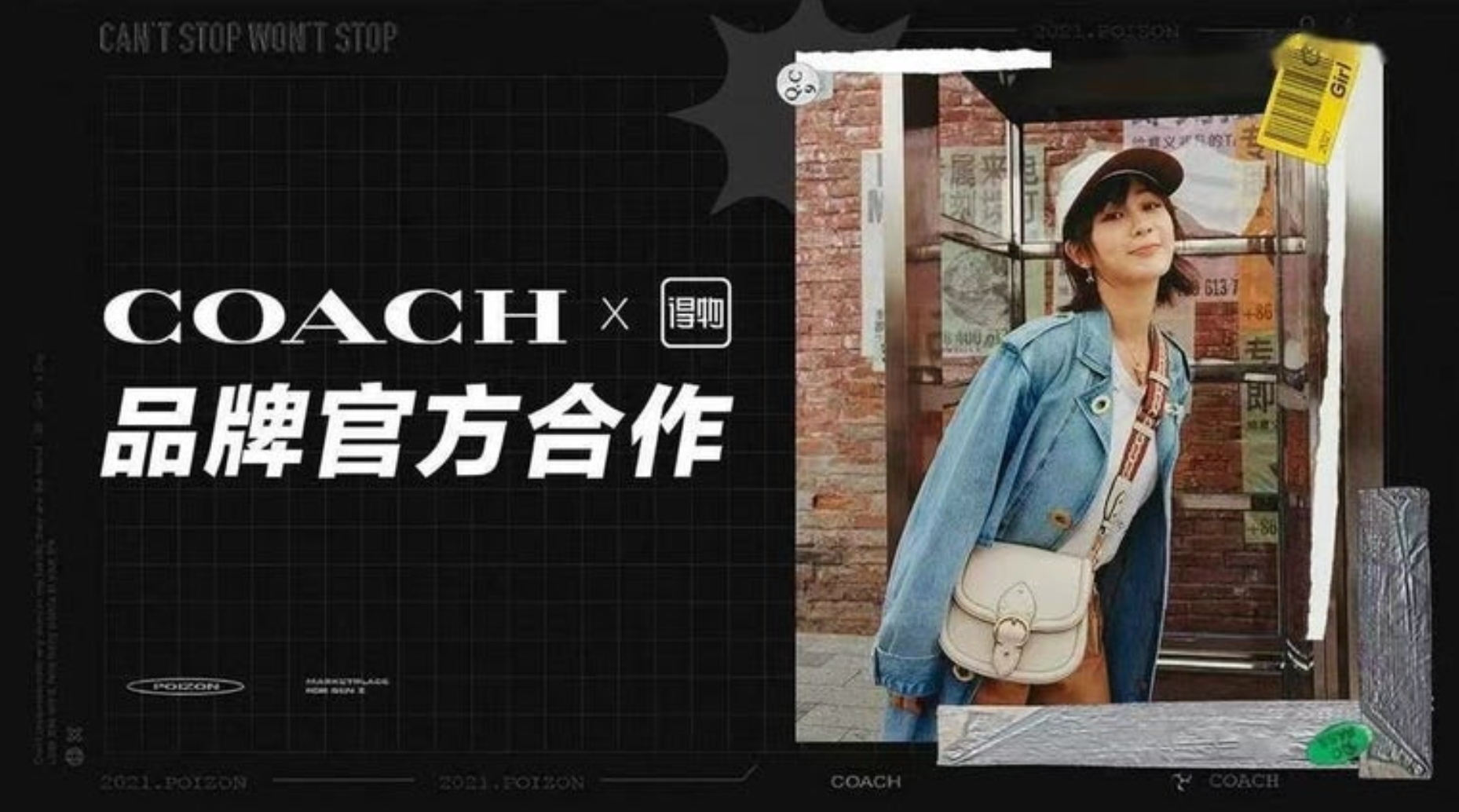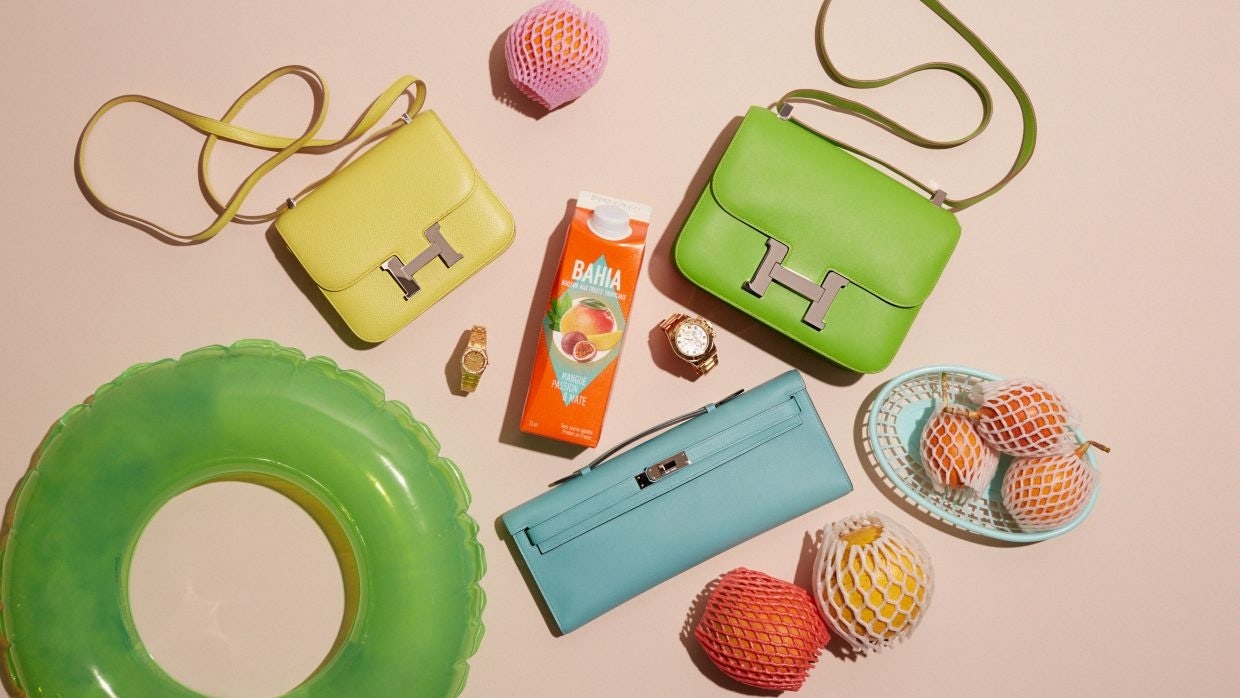Key Takeaways:#
- Millennial and Gen Z consumers in China have shown far less resistance to secondhand luxury than their older counterparts.
- According to Yuya Yamauchi, chairman and CEO of the Japanese luxury resale chain Brand Off, “China is like a goldmine” for secondhand luxury.
- Despite massive growth, there is no one dominant platform in China’s luxury resale market.
Resale has become a hot topic in the global luxury industry, with the market seeing steady growth as platforms like The RealReal and Vestiaire Collective find themselves joined by more brand-owned efforts and retail partnerships aimed at developing the “circular economy.”
Like much else that goes on in today’s luxury market, rising interest in resale among brands and groups like LVMH and Kering is being driven by demand among millennial and Gen Z consumers. Whether they’re buying secondhand luxury goods because they simply cannot afford new collections, or out of an interest in sustainable consumption, consumers born after 1980 — particularly in fast-growing markets like China — are more open to purchasing used luxury goods than their older counterparts.
According to a pre-pandemic study by Beijing-based China Center for Internet Economy Research, total sales of secondhand goods in China reached RMB 1 trillion ($154 billion) in 2020 – twice as much as in 2017 — and with consumer tastes changing, sales are poised for continued growth for the foreseeable future. Yuya Yamauchi, chairman and CEO of the Japanese luxury resale chain Brand Off, recently said of the market’s potential, “China is like a goldmine.”
China’s luxury resale market reached RMB 17.3 billion ($2.7 billion) in 2020, doubling from the previous year. Yet that represents only 5 percent of the overall luxury market in China. According to an October 2020 report by China’s University of International Business and Economics and luxury resale platform Isheyipai, resale makes up a far smaller share of the total luxury market than in Japan (28 percent) or the United States (31 percent). But demand for secondhand luxury goods is poised for continued growth as younger consumers enter the market, with 52 percent of secondhand luxury consumers in China between the ages of 29 and 36.
As in Japan and South Korea (as well as Hong Kong and Taiwan), the secondhand luxury market was relatively slow to take off in mainland China, as “first-generation” luxury consumers often turned up their noses at the idea of buying someone else’s cast-offs. But attitudes have changed over the past decade as digitally native millennial Gen Z consumers take up a larger share of China’s luxury consumption.

Unlike the previous generation of shoppers who began buying luxury in the 1980s and 1990s, Chinese millennials and Gen Zers have come of age in an era that can take the presence of global brands for granted. Chinese millennials entered the workforce in the first decade of the 2000s, by which point most of the world’s top luxury labels had set up shop in major cities such as Beijing, Shanghai, and Guangzhou.
Younger Chinese consumers, like their Japanese or South Korean counterparts, are proving highly pragmatic in their attitudes towards luxury goods, choosing secondhand items based on factors such as affordability, the desire to obtain rare items, and (among a small but growing percentage) environmental consciousness.
The rising spending power and market influence of China’s “post-80s” and “post-90s” consumers has powered a sharp rise in the number of online platforms sourcing and selling secondhand luxury items. Yet a clear market leader has yet to emerge, though Alibaba’s general resale marketplace Idle Fish may leverage its parent company’s massive user base, payment platform integration, and relationships with luxury brands (via Tmall Luxury Pavilion) and Poizon, China’s top sneaker resale platform, has announced partnerships with luxury brands Coach and Zenith to sell new products. For luxury resale platforms large and small, huge challenges remain as they fight for dominance, from consistent and transparent product authentication to consumer resistance and fierce global and local competition.
Coming on the heels of our recent report on the Chinese Cultural Consumer, in September Jing Daily will publish an in-depth report on China’s luxury resale boom. Tracing the roots of China’s luxury resale industry and how it differs from other East Asian markets, the report will feature interviews with executives, profiles of the key Chinese players in luxury resale, a review of risks and opportunities in the sector for global entrants, and much more.

